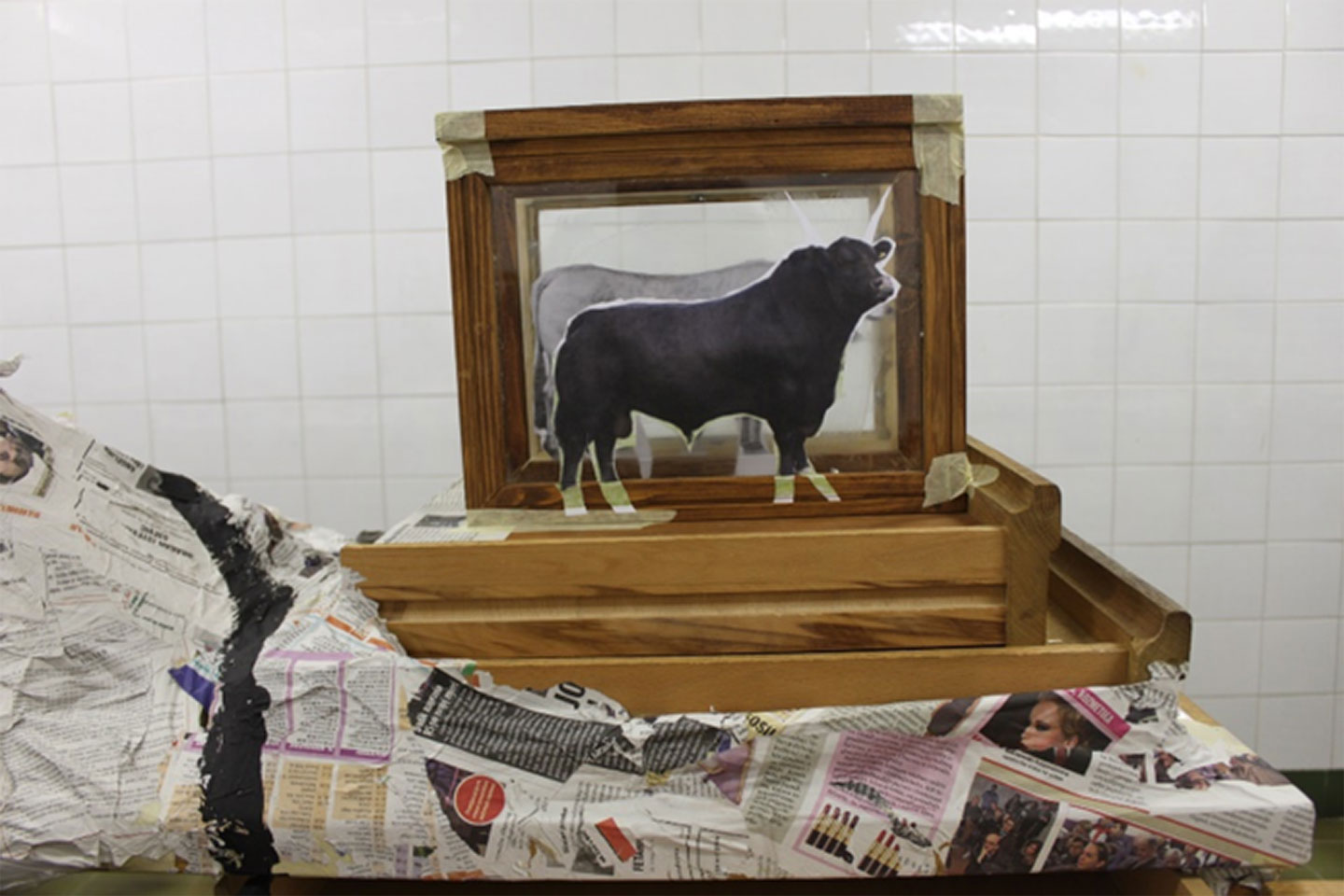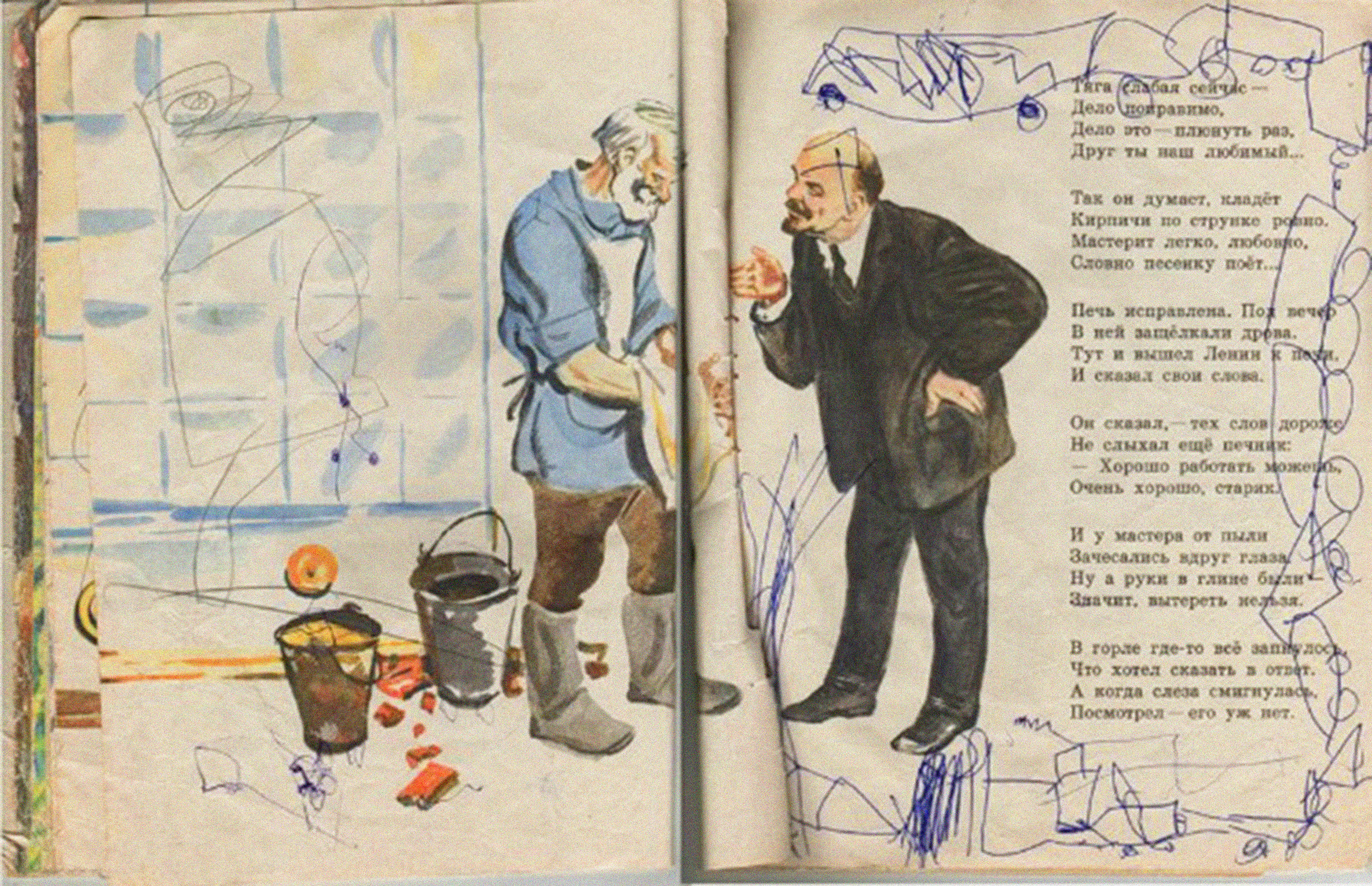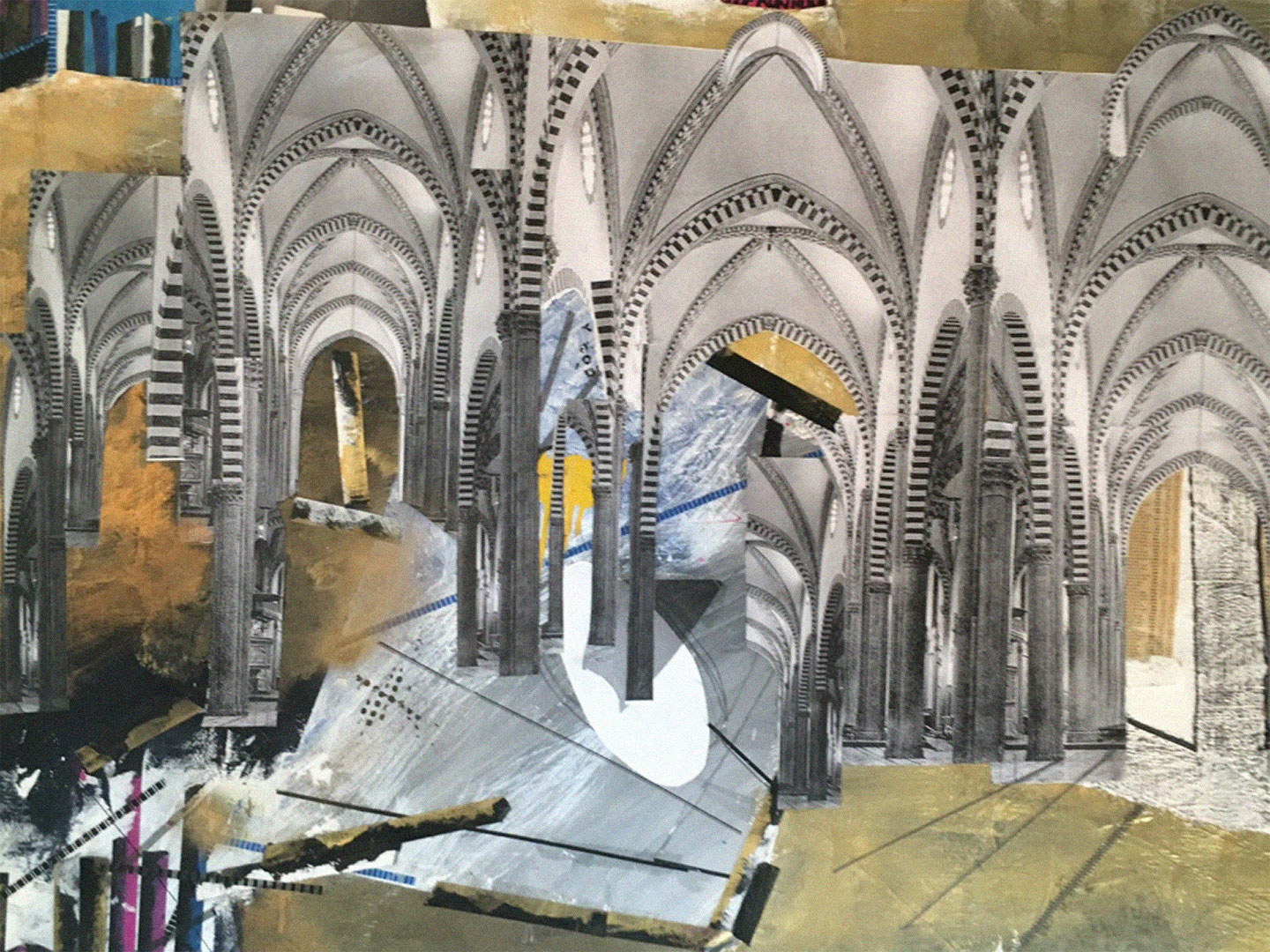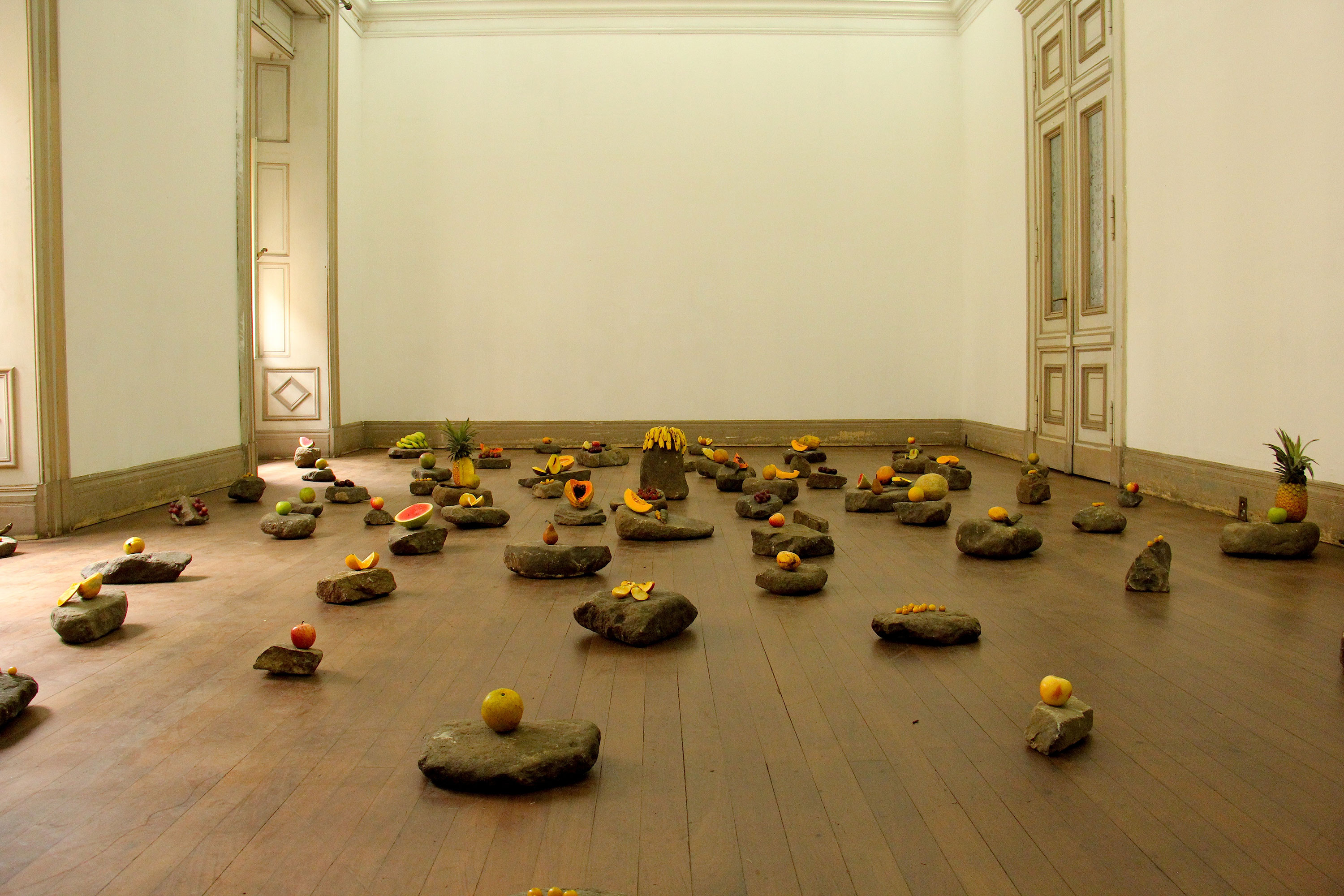Magic


From an anthropological and philosophical perspective magic is presented as a transcendental escape from the contingency of the world. Nowadays it is a metaphysical alternative to the technique, presenting itself not only as mitopoiesis but also as counterculture. We can meet the magic in the archaic, the weird, the animistic, or on the contrary, it could be caused by a reaction to the technological. After all, the most advanced technology borders on magic and on the extraordinary. Magic declare the effective existence of another world, using invisibility into the regime of visibility. Magic is a world-making activity.
In this impersonal multiplicity, there is no one. What does this “no one” mean? It means a structural impossibility for “one” to be. A comrade is never alone—not in the trivial sense that there is always someone else around, but in the more radical sense that you are always many. You are Legion. This is how you succeed in “the fine art of not getting arrested,” persecuted, or burned alive by the inquisitors of your age. When you are many, you turn your back to the police officer and disappear. Comradeship creates a shield against the witch hunters who will try to catch us one by one, but who will never destroy the whole set of alliances that make up the Great Sorcery International. You know what I mean.
But a bird in flight has no idea of the shape of its flock. The idea of a flock emerges from creatures that are completely unaware of their collective form, of its size and formation. A bird that joins a flock is blind to the grace and cohesiveness of the geometries of flight. After their flash action, those kids return to their daily activities. They do their homework and curl up in front of the TV to watch a reality show. The brain of a bee can remember things for six days, but the beehive as a whole has a memory of three months, which is twice the average life span of a bee. Ah, I forgot—producing a single spoonful of honey takes the entire life span of twelve bees. Think of that the next time you spread honey on a piece of toast. Think of it, my friend.
According to the traditionalist mindset, modern repressions have filled the world with troubled spirits. This is why the world has come to resemble a horror movie. Case in point: the vivid emergence of the Yakut horror film in the post-perestroika era, coinciding with a broad return to shamanic beliefs—both expressions of an ethnic renaissance. As the film Setteeh Sir suggests: this land has been stripped of its tradition, as the NKVD has confiscated the shaman’s tambourine. The couple at the center of the film return to their ancestral Yakut village, largely emptied in the years of Sovietization. They face a succession of difficulties, because the place is filled with ancestral spirits enraged at their progeny. Redemption will not come easy: malignant spirits, wrought by human evil and human error, will not simply go away. In a larger sense, horror is people and ideas driven out of society. The ghoulish corpses and dolls are those whom society has destroyed in its civilizing efforts.
The work of art re-establishes a reticular universe at least for perception. But the work of art doesn’t really reconstruct the primitive magical universe: this aesthetic universe is partial, integrated, and contained in the real and actual universe that has emerged from the split. In fact, the work of art above all sustains and preserves the ability to experience aesthetic feeling, just as language sustains the ability to think, without nevertheless itself being identical to thought.
I agree with the above critics that these artworks create spectacles out of non-Western cultural practices, and that there are dangers in bringing rituals into the art space. Yet I am also concerned with how the criticism reflects limitations of translation, as these limitations will always mislead us into interpreting these artworks as exercises of spectacularization or performance, corrupting the essence of the ceremonies. In using translation as a tool to understand the unknown, what potentialities are we missing?








